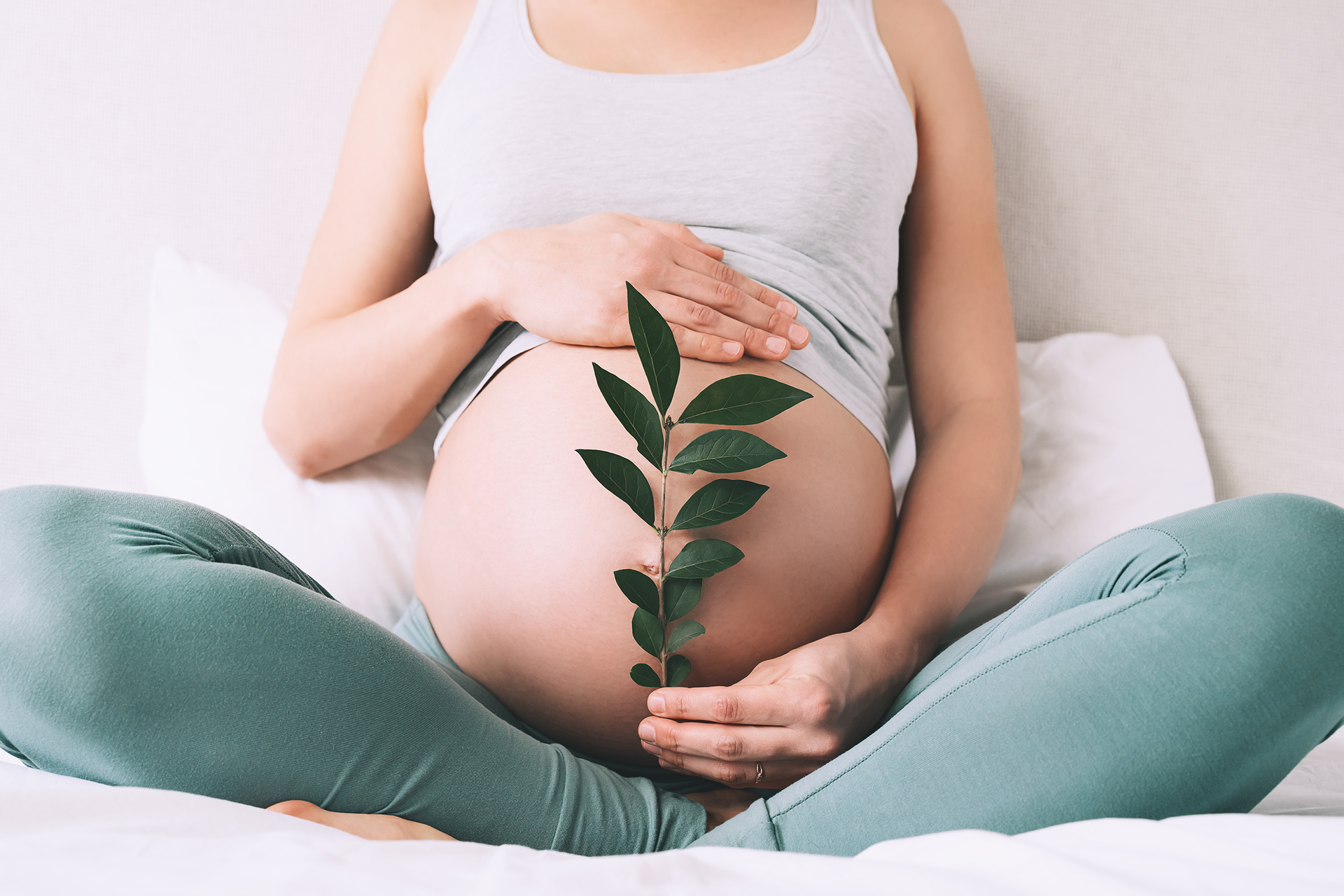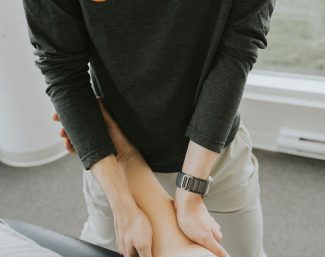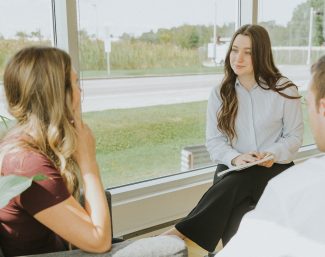
Understanding the specifics of a physiological birth
Both the pregnant woman and their newborns can benefit in many ways from a physiological birth. It begins spontaneously, progresses naturally, and involves minimal medical intervention or assistance. The mother’s freedom of movement, especially in the pelvic region, plays a key role in supporting this type of birth (1).
A 2016 American study showed a correlation between negative birth experiences and postpartum depression in the mother. In contrast, physiological births are generally associated with a more positive experience for mothers (2-3).
The importance of pelvic mobility during pregnancy
Optimal pelvic mobility is essential to ensure that the fetus has enough space to pass through the birth canal without restriction (1).
Using neuro-musculoskeletal techniques, osteopaths can help optimize joint mobility in the pelvic region. Improved overall mobility also enables the mother to move freely during labor, facilitating the baby’s descent and passage (4-5).
Preparing the body for birth with osteopathy
During pregnancy, internal organs naturally shift to make room for the growing uterus (6). However, adhesions can sometimes restrict the space available for the fetus to develop. Osteopathic work can help release these tensions by softening connective tissues and enhancing the mobility of surrounding structures (5).
In addition to global mobility, addressing the mobility of individual structures promotes an optimal fetal position for delivery, typically head-down, with the back facing the mother’s belly (7-8).
Furthermore, gentle osteopathic techniques targeting the pelvic floor and perineum may improve tissue flexibility and adaptability during labor. This can help reduce the risk of significant tearing or the need for an episiotomy (9). Collaboration with pelvic floor physiotherapists also plays a key role in preparing for both childbirth and postpartum recovery.
Supporting optimal mobility for a smoother birth
A U.S. study showed that women who received osteopathic care during pregnancy had shorter, less painful labors and required fewer medical interventions compared to those who did not receive such care (7).
Another American osteopathic study found that women who didn’t receive osteopathic treatment were up to four times more likely to need forceps during delivery (9). Forceps are generally used in cases of fetal distress, excessive maternal fatigue, or prolonged labor (10).
Good overall mobility helps mothers manage contractions more comfortably and adopt optimal birthing positions, ultimately reducing labor duration and physical strain (1, 6). Are you pregnant and hoping for a physiological birth? Our osteopaths at Ekinox can support you throughout your pregnancy with personalized care. Book an appointment today.
Sources:
- De Gasquet B, AstridM. Mon cours de préparation à l’accouchement. Vanves (FR): Marabout; 2019.
- Bell AF, Andersson E. The birth experience and women’s postnatal depression: A systematic review. Midwifery. août 2016;39:112-23.
- Taheri M, Takian A, Taghizadeh Z, Jafari N, Sarafraz N. Creating a positive perception of childbirth experience: systematic review and meta-analysis of prenatal and intrapartum interventions. Reprod Health. déc 2018;15(1):73.
- Les différentes approches en ostéopathie [En ligne] ; [cité le 27 juin 2023]. Disponible: https://www.florentretif-osteopathe.fr/approches
- Boudéhen G. Soins de la femme enceinte en ostéopathie structurelle. Vannes : Sully; 2017.
- Calais-Germain, B., Vives Parés, N. Bouger en accouchant. Paris (FR): ARA; 2009.
- Brown A, Johnston R. O342 OSTEOPATHIC TREATMENT DURING PREGNANCY REDUCES RISK OF BIRTH INTERVENTIONS: THE ROLE OF OPTIMAL FOETAL POSITIONING. International Journal of Gynecology & Obstetrics. oct 2012;119:S381-S381.
- Priddis H, Dahlen H, Schmied V. What are the facilitators, inhibitors, and implications of birth positioning? A review of the literature. Women and Birth. sept 2012;25(3):100-6.
- King HH, Tettambel MA, Lockwood MD, Johnson KH, Arsenault DA, Quist R. Osteopathic manipulative treatment in prenatal care: a retrospective case control design study.
- Manuels MSD pour le grand public [En ligne]. Accouchement vaginal opératoire – Problèmes de santé de la femme; [cité le 27 juin 2023]. Disponible : https://www.merckmanuals.com/fr-ca/accueil/probl%C3%A8mes-de-sant%C3%A9-de-la-femme/complications-du-travail-et-de-l%E2%80%99accouchement/accouchement-vaginal-op%C3%A9ratoire





